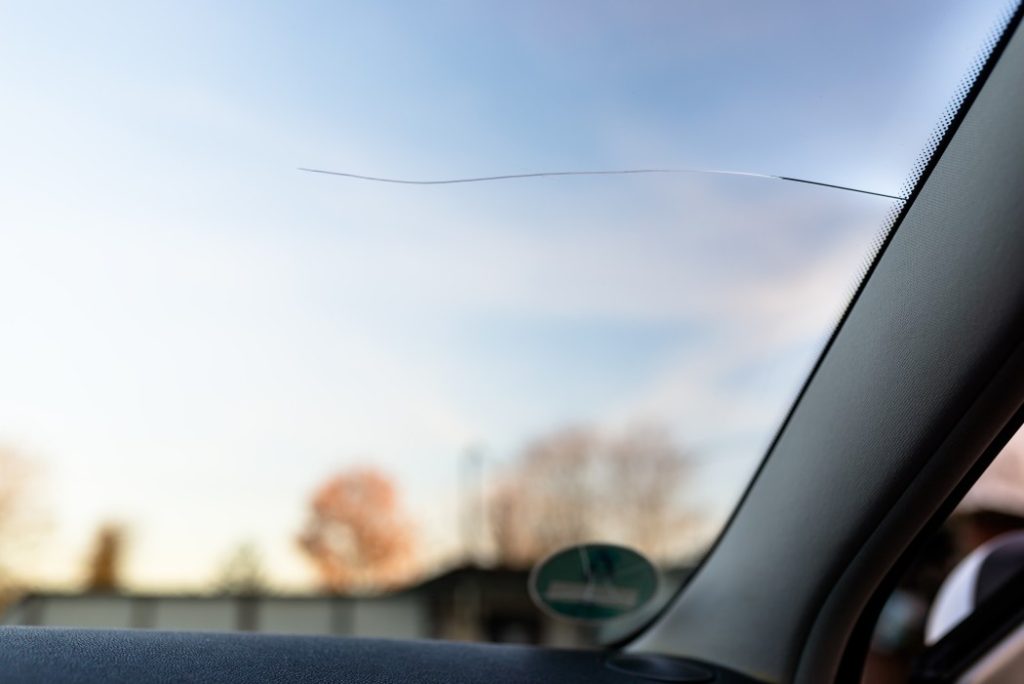Can 1/2 Inch Hail Damage A Roof?
Can 1/2 inch hail damage roofs if they are not made of rubber or if they are unevenly-pitched? These questions and more will be answered in this article. We’ll talk about which roofing material is most resistant and how much it will cost for hail damage to be repaired. We will also discuss the dangers associated with ignoring hail damage. After all, the longer you leave a roof untreated, the more expensive and complicated the repair will be.
Pea-sized hail damage a roof
A major project is to have your roof replaced following hail damage. Your insurance agent should request a roof inspection for your home if it has been affected by hail damage. Your agent will send a roofer out to inspect the damage and determine whether you are covered under your insurance policy. If you aren’t covered, you can file an insurance case. You can also use the damage report to find out how much of the roof damage you can expect to pay.

Although hail of the size of a pea is relatively innocuous, it can cause serious damage to a roof. It can cause damage to roof shingles and punctures. Even a hailstone the size of a pea can compromise the integrity of a roof, compromising its value and overall safety. If hail damage is a frequent occurrence in your area, it is important to have your roof checked immediately.
Rubber roofing is the most hailproof roofing material
Natural rubber is a durable, long-lasting material that is naturally resistant both to rust and corrosion. Vulcanized rubber makes it even more durable. Its long molecule chains are stretchy, waterproof and resistant to cracking. It has endless applications, including protecting drawings and wheels as well as roofing. For hail-prone areas, rubber is a great roofing material. If you aren’t sure if rubber roofing is right choice for your home, continue reading to learn more about the durable material.
Read “Hail Impact Ratings for Residential Roofing Materials” for more information about hail resistance. These studies will give an idea of how resilient your roofing system is to storms. Rubber roofing is the most hail-resistant roofing material. A rubber roof can withstand hail for years. Hail damage can ruin your roof, so it is important to have a roof that will withstand hail.
Hail damage is more common for roofs that aren’t properly pitched.
Flat or irregularly pitched roofs are more susceptible to hail damage. Softball-sized hailstones can penetrate roofs and cause large dents and cracks. However, if the hailstones are smaller than this size, they can still cause significant damage. If you live in an area where hailstorms are a common occurrence, you should consider installing a hail-resistant roof on your home.
Hail damage can be seen in discoloration, water spots on interior walls, and wet insulation. Hail damage can also cause damage to shingles. However, it isn’t always obvious. Damaged shingles may appear cracked, discolored, or brittle. It is possible for shingles to be irreparably damaged. Large hailstones can also break windows. Large hailstones can also damage paint, chip shingles, or leave large dents.
Repairing hail damaged roofs: Costs
Although hail damage can be costly, it is possible to minimize the cost by planning ahead. Having your roof repaired immediately after a storm is essential, as a delayed repair may mean additional damage to the underlayment or roofing shingles, both of which will cost more to repair. While hail damage is mostly limited to a roof’s shingles, it can also affect other components, including vapor barriers, insulation, plywood, structural trusses, and more.
A hail-damaged roof can cost homeowners anywhere from $8,200 up to $10,032. Roofing contractors will need to replace sections of the roof, including the roof itself. Sometimes, they will also need to replace skylights. These expenses can range anywhere from $3,000 to $12,000, depending on the damage and type of material.